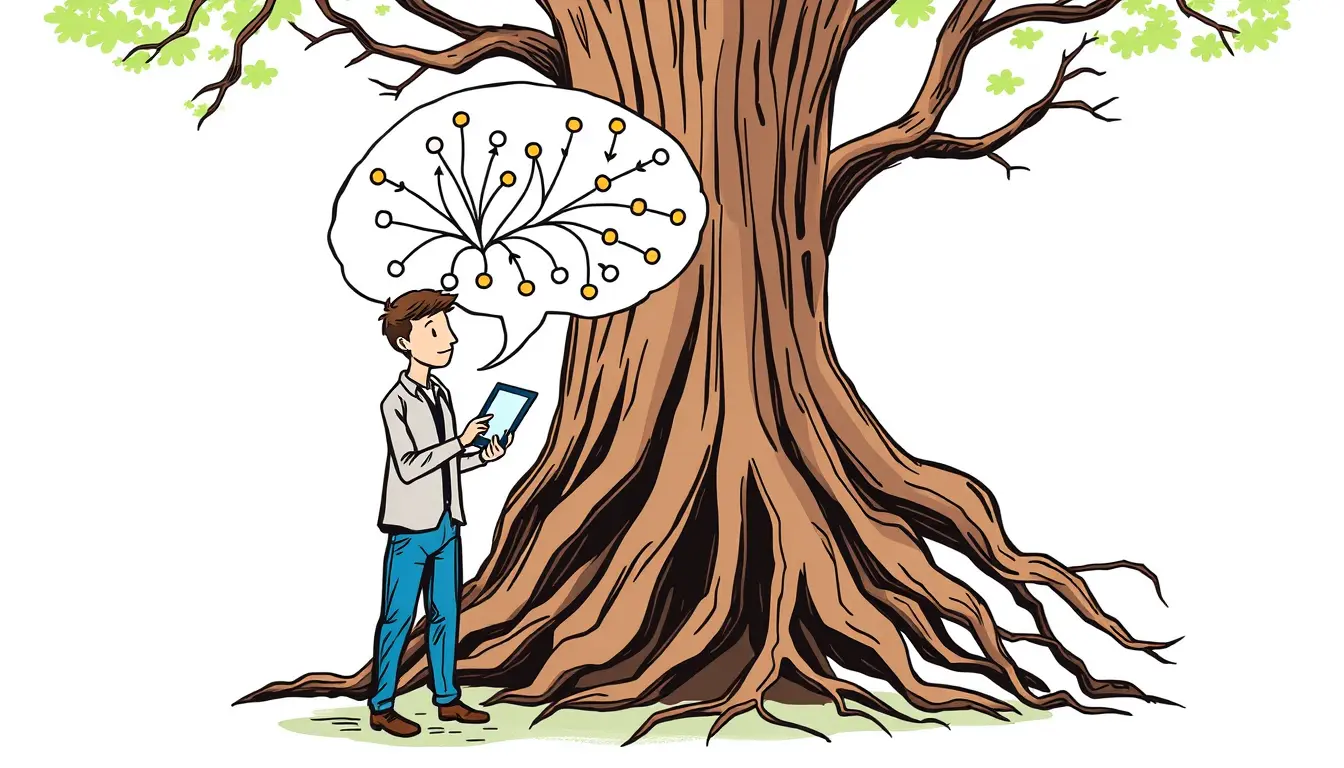Root Cause Analysis

Using Cause and Effect Analysis to Diagnose Complex Problems
“Master the art of problem-solving with cause and effect analysis. Learn how to identify patterns and uncover solutions to complex issues. #problem solving”

Using Root Cause Analysis to Diagnose Hidden Issues
“Unlock the root cause of hidden issues with our step-by-step guide to using root cause analysis. Discover effective problem-solving techniques now.”

Using the 5 Whys Technique for Effective Root Cause Analysis Sessions
“Uncover the true cause of problems with the 5 Whys technique! Learn how to conduct effective root cause analysis sessions and improve your problem-solving skills.”

Using Cause and Effect “Fishbone” Diagrams for Effective Analysis
“Discover how to effectively analyze complex issues using the popular “fishbone” diagram. Improve problem-solving and decision-making with this tool!”

Using Fishbone Diagrams to Perform Root Cause Analysis
“Discover the powerful problem-solving tool of fishbone diagrams and unlock the key to uncovering root causes in your business. Read more now!”

How Business Analysts Use Root Cause Analysis
“Discover how business analysts use root cause analysis to identify and solve problems, increase efficiency, and drive success in this informative post.”

Fishbone Diagram Usage Ideas for Business Analysts
“Explore innovative ways to utilize fishbone diagrams in business analysis. From root cause analysis to process improvement, boost your skills today!”

Applying Root Cause Analysis to Quality Control Challenges
“Discover how root cause analysis can help you identify and solve quality control challenges in your workplace. Improve efficiency and boost productivity!”

Root Cause Analysis for Business Professionals
“Discover how root cause analysis can help business professionals identify and solve underlying issues, leading to long-term success. #rootcauseanalysis”
Search
Latest Posts
Latest Comments
Categories
Archives
- November 2025 (13)
- October 2025 (31)
- September 2025 (30)
- August 2025 (31)
- July 2025 (32)
- June 2025 (30)
- May 2025 (31)
- April 2025 (30)
- March 2025 (31)
- February 2025 (28)
- January 2025 (31)
- December 2024 (31)
- November 2024 (30)
- October 2024 (31)
- September 2024 (171)
- August 2024 (40)






















